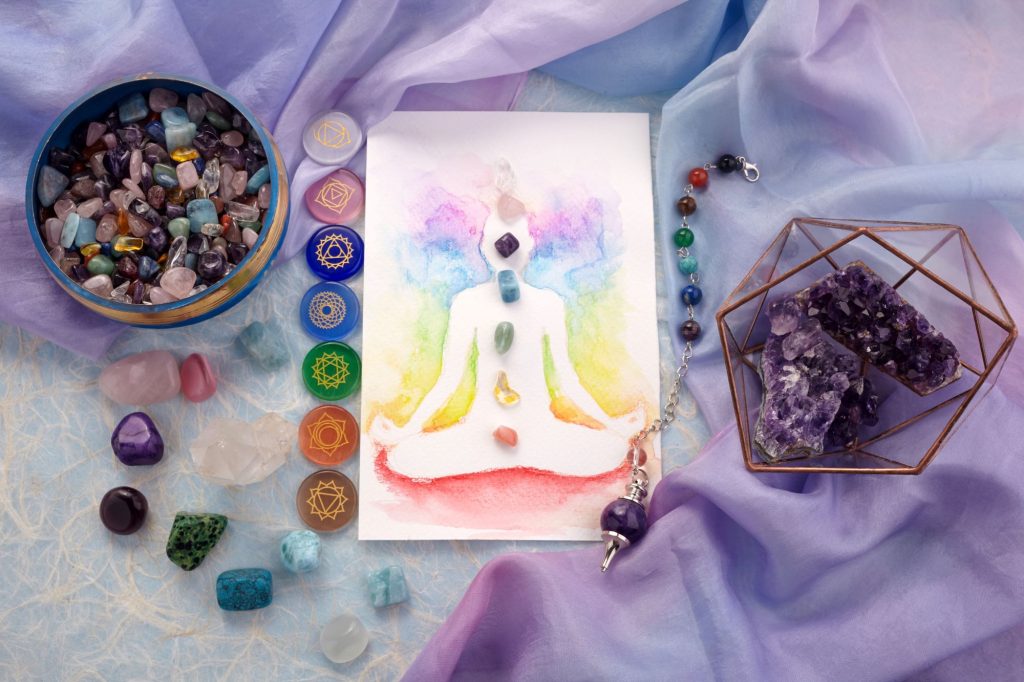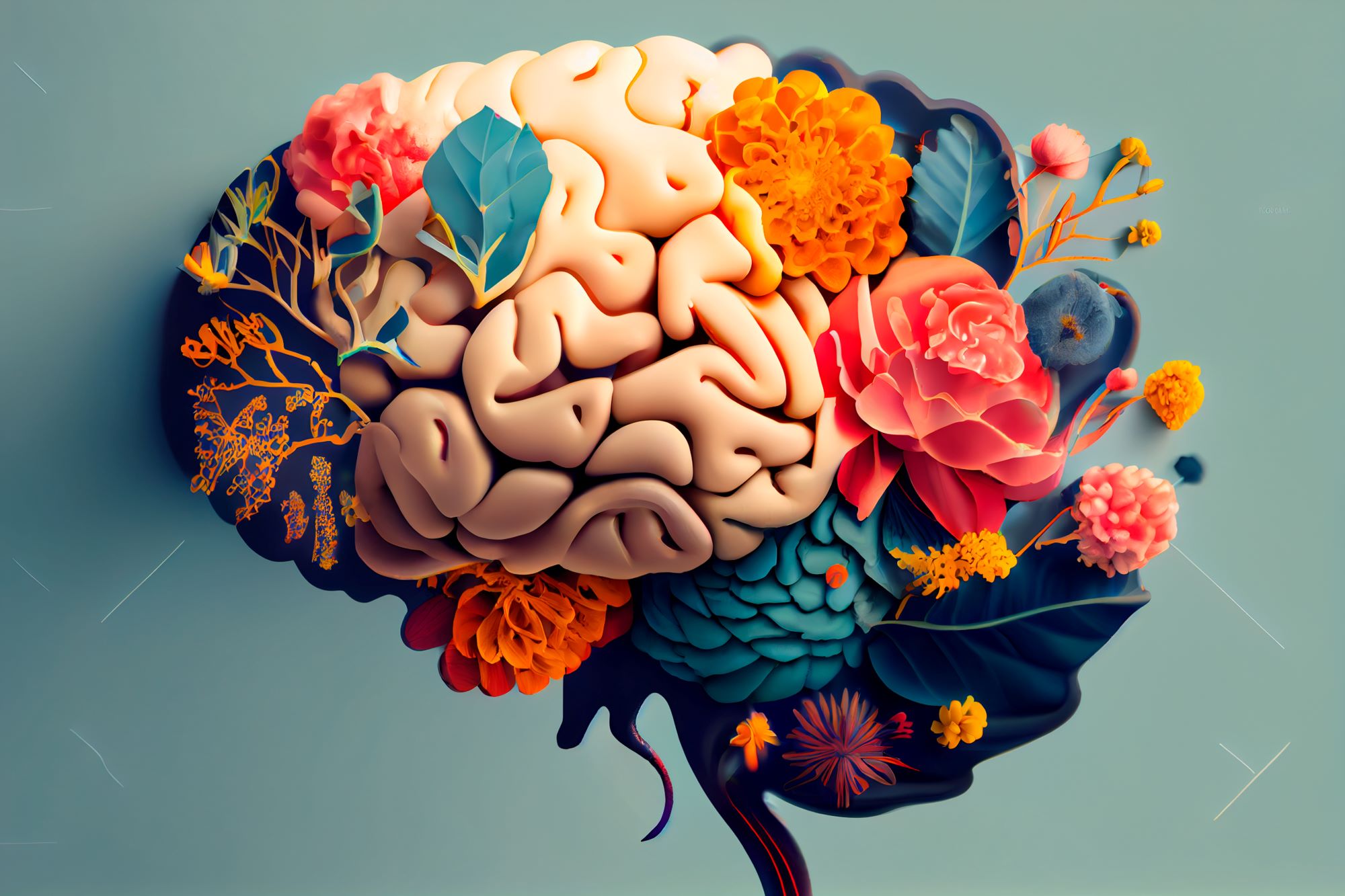Colors remarkably influence one’s emotions, perceptions, and overall well-being. From the vibrant hues of a sunset to the soothing pastels of a serene landscape, people often find themselves instinctively drawn to certain colors. But did you know that colors can also be harnessed as a powerful healing tool?
This fascinating field of study is known as color therapy, where specific colors promote physical, emotional, and spiritual healing. In exploring the healing power of colors, you’ll delve into the principles of color therapy, uncover its ancient roots, and examine its modern applications in promoting wellness.
So, whether you seek balance, rejuvenation, or a deeper understanding of the profound connection between colors and healing, this journey into color therapy will inspire and illuminate the transformative potential of the spectrum surrounding us.
Definition Of Color Therapy
Color Therapy, also known as chromotherapy, is a form of holistic healing that uses the spiritual meaning of colors to bring balance to an individual’s physical, emotional, and mental states. This type of therapy works by targeting the energy centers in the body known as chakras.
By utilizing different colors on these energy points, practitioners aim to restore balance and harmony within the client. Color Therapy is based on the idea that each color has its unique frequency that can affect your thoughts, feelings, and emotions positively and negatively. Color therapy is based on the belief that certain colors have specific therapeutic effects on people suffering from various ailments, such as chronic fatigue syndrome and depression.

Common Colors And Their Healing Properties
Color therapy is a holistic method of healing that uses the different colors of the spectrum to positively affect one’s physical, mental, and emotional health. All these colors are used in color therapy to bring about feelings of well-being in an individual.
- Red: Stimulating And Energizing Effects
Red is a refreshing hue that has the potential to stimulate and energize, creating a sense of renewed vitality. This is often used in color therapy to help increase energy levels, alertness, and concentration. Moreover, it’s also thought to positively affect physical strength by warming the body and increasing circulation.
Studies have found that red can enhance performance on tasks requiring sustained attention or quick reaction times. Additionally, it may be beneficial for those suffering from depression, as it can create a feeling of security and confidence.
- Blue: Calming And Soothing Effects
Blue is a calming hue that can help create peace and tranquility. It has been associated with relaxation, restfulness, and sleep. It’s thought to reduce the heart and respiration rates and lower blood pressure and body temperature when used as part of color therapy.
People often feel calmer, more relaxed, and more content when exposed to blue light or colors in the blue range. In terms of healing benefits, blue can be used to reduce muscle tension and mental fatigue. It has also alleviated anxiety-related issues such as headaches and insomnia by encouraging deep relaxation.
- Yellow: Uplifting And Cheerful Effects
Yellow is often seen as a cheerful and uplifting color associated with joy, sunshine, and optimism. This connection between yellow and feelings of happiness has been documented in studies on the psychological effects of colors.
Furthermore, many cultures consider yellow a symbol of good luck or prosperity. As such, it’s unsurprising that this color has been used throughout history for medicinal purposes such as treating depression or anxiety.
- Green: Balancing And Rejuvenating Effects
Green is often used to balance and rejuvenate, providing a sense of harmony and well-being. It’s believed that green can reduce stress levels, which can help promote relaxation and inner peace. In color therapy, green is used to restore equilibrium in both mental and physical health, creating an overall sense of balance.
Many people find that incorporating more green into their environment makes them feel calmer and more grounded. Green also helps increase creativity as it increases energy levels while maintaining a peaceful atmosphere.
- Purple: Inspiring And Creative Effects
Purple is a color that can provide many benefits to those who take part in color therapy, inspiring creativity and providing clarity. As the highest vibration of visible light and one of the oldest colors used in art, it has been linked with royalty throughout history. It’s often associated with wisdom, insight, and mystery.
When used in color therapy, purple helps to create a sense of understanding by connecting us to our deepest thoughts and emotions. It can help bring about feelings of inspiration and courage when faced with difficult life decisions or changes.
- Orange: Warm And Invigorating Effects
Orange is a vibrant hue that can bring warmth and invigoration. It’s considered an energizing color, often associated with the sun’s rays and summertime. This hue may be known for its ability to evoke positive emotions and stimulate physical energy. It has long been used in healing practices, from meditation to mental health therapies, due to its uplifting effects on the body and mind.
Physically, orange increases blood flow, encouraging circulation while calming digestion issues, such as constipation or tension. On an emotional level, orange can help reduce stress and anxiety by promoting positivity and optimism.
- Pink: Nurturing And Gentle Effects
Pink is a gentle, nurturing color associated with love, romance, and sweetness. It’s also seen as a calming color that encourages self-love and acceptance. Additionally, it has been found to have beneficial effects on heart rate and blood pressure when used in moderation.
Furthermore, people who experience depression or fatigue can benefit from exposure to pink, as its soothing vibrancy can help lift their spirits. Pink also promotes overall relaxation and improved mental clarity.
- White: Pure And Cleansing Effects
White is often associated with purity, cleanliness, and innocence. In color therapy, white is believed to have a calming effect on the mind and spirit. It may also bring clarity and focus to situations filled with ambiguity or confusion.
Color therapists believe that white can help purify physical and spiritual spaces by bringing in positive energy and clearing out negative energy. It contains all of the colors of the spectrum within it so that it can be seen as a representation of balance and harmony in life.
Applications Of Color Therapy
The applications of color therapy span a wide range of areas, including the following:
- Color Therapy In Alternative Medicine
The potential of utilizing color therapy as an alternative form of medicine has been extensively studied, demonstrating remarkable results in promoting and restoring the body’s natural equilibrium.
In alternative medicine, practitioners introduce colors to the body using varied methods like colored light, aromatherapy, and visual stimulation, leveraging the healing qualities of these hues. Proponents of color therapy believe that each color contains a vibrational frequency that can be used to affect the physical, mental, emotional, psychological, and spiritual aspects of health.
- Color Therapy In Holistic Healing
A holistic approach to healing may utilize color therapy to affect physical, mental, emotional, and spiritual well-being. Rooted in ancient traditions, holistic healing employs color therapy to integrate energy from colors, facilitating balance and harmony across physical, mental, and emotional health.
Additionally, practitioners often recommend visualizing colors according to need. For example, if someone feels overwhelmed, they might visualize soft lavender tones, which are thought to bring relaxation and calmness.
- Color Therapy In Mental Health Treatment
Color therapy has become an increasingly popular treatment for mental health-related issues through its ability to induce feelings of relaxation and calmness. When addressing mental health, therapists utilize colors as a tool to modulate emotions, moods, and behavior, guiding patients toward a balanced mental state. It works by using certain colors to help bring balance to a person’s energy system.
Research shows that different colors can stimulate various parts of the brain, affecting our mental states. For example, blue and green are associated with calming effects, while yellow could boost motivation or creativity.
- Color Therapy In Interior Design And Architecture
The effects of colors on mental health treatment are well documented, particularly in psychology. While color therapy can effectively treat psychological issues, its application extends far beyond the medical setting. Color therapy is also used in interior design and architecture for aesthetic and therapeutic purposes.
Designers and architects often use specific colors to evoke feelings of comfort, security, and relaxation in the people who inhabit their spaces. By strategically using color within interior design and architecture, designers can create living and working environments that offer beauty and beneficial psychological effects to those who inhabit them.
Conclusion
Color therapy harnesses the healing power of colors to restore balance and promote well-being. Through the use of specific colors, it aims to address physical, emotional, and spiritual imbalances. While scientific research is limited, anecdotal evidence highlights its positive effects. By embracing color therapy, you can enhance your well-being and deepen your connection with the vibrant world around us.
